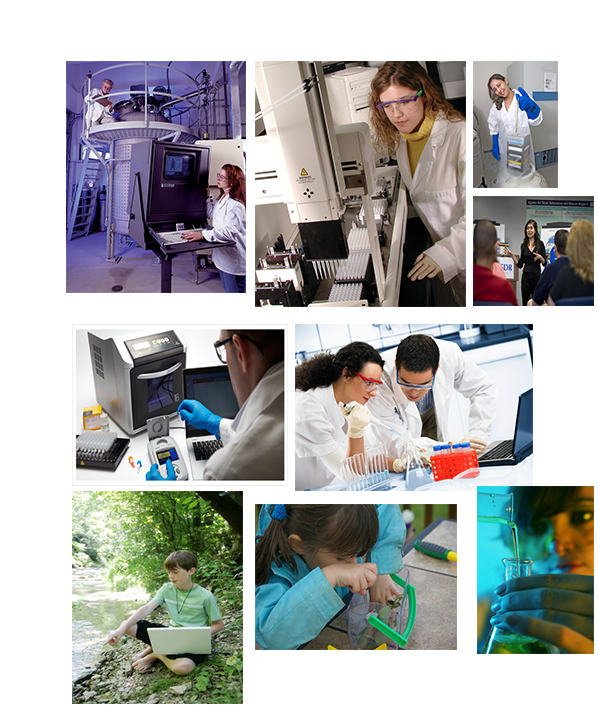 I am the mother of a six-year-old girl who loves to get magazines in the mail. For several years my daughter has received an enjoyed popular kids’ science/international culture magazine. The stories are short and simple, and this magazine usually does a good job of presenting factual information in easy-to-digest forms. Each magazine comes with a set of animal cards, which we have diligently collected.
I am the mother of a six-year-old girl who loves to get magazines in the mail. For several years my daughter has received an enjoyed popular kids’ science/international culture magazine. The stories are short and simple, and this magazine usually does a good job of presenting factual information in easy-to-digest forms. Each magazine comes with a set of animal cards, which we have diligently collected.
However, the latest issue that came to our mailbox really got me thinking. The final pages featured artwork by the young readers. I love the idea of featuring the work of the readers. Usually, my daughter loves seeing what other children her age from around the world draw and take pictures of, and sometimes we have some pretty interesting discussions about the work.
This time though we didn’t spend much time talking about the art work. She wasn’t particularly interested, and I wasn’t sure I what I thought. But I may have missed a teachable moment. The theme for the pages was a Halloween-minded “spooky science”, and all of the pictures were of “mad scientists” alone at work doing presumably nefarious things in their laboratories. Of the eight drawings pictured, six of them pictured scientists that were human, and five of the humans were male. All of them were pale-skinned. The sole female scientist, whose lab featured a certificate with the words “monster maker”, was drawn by a girl. The ages of the children submitting the work ranged from 9 to 14.
When I was in graduate school in the early 90s, I remember a biochemical company pulling and replacing all of their print catalogs because the cover of the original catalog featured a “mad scientist”, and researchers were upset that a company that supported science and the people who do it was furthering the popular image of the mad scientist. Scientists were so outraged that a company actually pulled and reprinted their corporate print catalog. That is a huge decision for a company to make.
Unfortunately, the image of the mad scientist still appears to be alive and well, at least in the minds of the preteen population in the United States and Canada. Furthermore, mad scientists are all pale-skinned and mostly male, at least based on this small sample. They are also work alone in their laboratories—does this mean that science is not perceived as the collaborative process that it is? Do scientists really have no friends?
Is this what a scientist looks like to 9–14-year-olds in North America? Is this what we want a scientist to look like? Who has the responsibility for presenting scientists as they really are: collaborative, in the field, diverse?
With online efforts like This Is What a Scientist Looks Like, it’s clear many of us care deeply about the general perception of science and the people who pursue it. But for now, it seems that it will be “one parent, one child” changing one perception at a time.
Michele Arduengo
Latest posts by Michele Arduengo (see all)
- An Unexpected Role for RNA Methylation in Mitosis Leads to New Understanding of Neurodevelopmental Disorders - March 27, 2025
- Unlocking the Secrets of ADP-Ribosylation with Arg-C Ultra Protease, a Key Enzyme for Studying Ester-Linked Protein Modifications - November 13, 2024
- Exploring the Respiratory Virus Landscape: Pre-Pandemic Data and Pandemic Preparedness - October 29, 2024

“But for now, it seems that it will be “one parent, one child” changing one perception at a time.” This seems to be one of the best strategies to deal with many issues in society. Slow, but sure.
Hi Karen,
I suspect that you are right, but it never hurts to raise awareness. I suspect a letter to the editor of the kids magazine should be forthcoming from me.
Michele
a nice one….for centuries, science & the scientists are viewed as some kind of freaks or simply aliens…..! i can remember during my secondary school days (1979-1983), science students were considered paranormal but still in the 2000s we are adults but tagged with the same label…!
now as an adult, i realised that u may be a field or laboratory or theoretical scientist,….but whichever class u belong to,…..u still an alien….the worst is a field scientist…..!
thank u for the nice article!
Reblogged this on Promega Scientific Training.